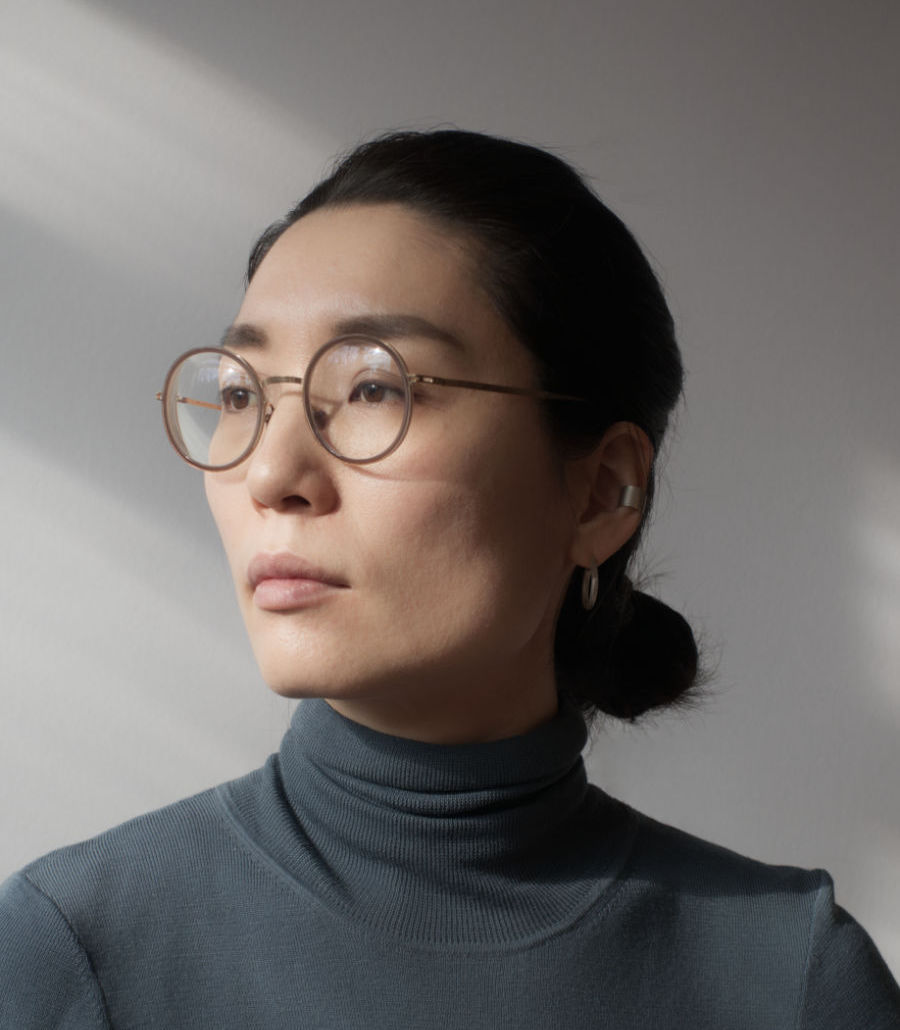
Maki Okamoto
Maki Okamoto is an applied artist living and working in Sweden. She explores the fields of corpus and contemporary jewellery with a sculptural approach. Her interest lies in creating objects that interact with the user. By transforming daily objects such as a fork or a spoon, she challenges the user to experience these pieces from a very different perspective.
If you had access to all the powers, how would you improve the world?
I would be so confused to choose what I should do first with such powers.
What are the biggest sustainability challenges in your work and how are you addressing them?
As a maker, it is important for me to be aware of how and from where my materials came to me. I want to have control over the whole making process, I want to know how long my products will last, and how they can be maintained and recycled. To use pre-loved materials is also important for me. Working with the materials that have history fills me with a responsibility to treat them with care. I use materials which I inherited or bought second hand. I collect all of my tiny scrap pieces of metal and all of the dust, and send it to be recycled. I even send in vacuum cleaner bags, which can contain a lot of precious metal dust from our studio’s floor!
Which conscious lifestyle choices are you making? And are you considering any new ones?
I aim to show respect for all living beings, food, material and makers. To be thankful for all the chances and things I get. I hope this thought in our daily life will affect my kids in a positive way.
What have you rebelled against in the past, and what are you rebelling against now?
In my work I often question the main functions of an object. I try to reveal other meanings and functions in the object. In that way I am rebelling against the normative reading of objects in my surrounding.
Do you think cutlery can still be improved? if yes, in what way?
Yes, I want to continue making new cutlery together with clients out of their old cutlery. By doing this they become more personal.
What was the inspiration for your Steinbeisser pieces?
I was inspired by a bunch of old cutlery that lay on my working bench. They looked like something more than just utensils, just like how looking at a familiar alphabet character for a long time can make it look weird and exotic.
Describe your work in 3 words!
Borderless functional objects.
What kind of materials do you use and where do you get them from?
I mostly use old nickel silver cutlery from antique shops in Stockholm. Sometimes I use cutlery that I have inherited from my husband’s grandmother. I also work with cutlery that come from the customers’ own family.
What has been your favorite dinner experience?
My favorite dinner experience so far must have been the hot pot dinner I had with my school friends who all came from the same home country. We shared joyful and difficult experiences of living in a foreign country, at the same time as we shared our soul food from a big pot.
What excites you about tomorrow?
Moments where I am sitting on a sofa taking in simple but fascinating elements, such as beautiful sunlight reflection or shadows on walls.